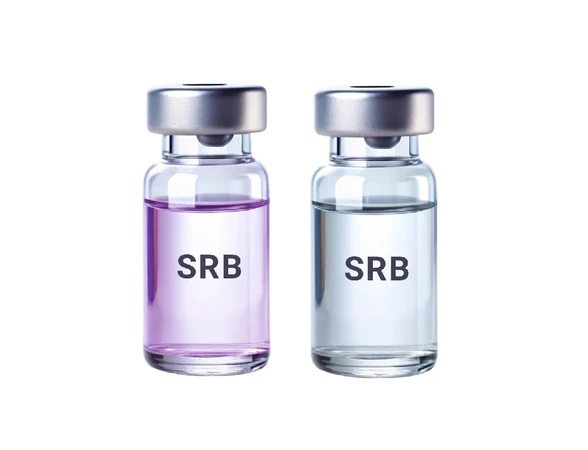What is an SRB microbial test?
Sulfate-reducing bacteria (SRB) are bacteria that can obtain energy by oxidizing organic compounds/molecular hydrogen and reducing sulfate (sulfate) to hydrogen sulfide. The SRB test is a small vial containing a culture gel that turns black if sulfite is present in the test sample.
Where are SRB bacteria found?
They are typically found in environments where oxygen is absent (anoxic conditions). Environments where sulfate is present. For example: surface water, deep groundwater, seawater, plumbing systems, water heaters, the deep sea, the human intestine.
Sulfur-reducing or sulfate-reducing organisms can be found in some seawater. These anaerobic sulfate-reducing bacteria are some of the oldest organisms in the world, dating back over 3 billion years.
How are sulfate-reducing bacteria removed?
Sulfate-reducing bacteria may be accompanied by hydrogen sulfide gas. Hydrogen sulfide may be reduced or removed by shock chlorination, water heater reforming, activated carbon filtration, oxidizing filtration, or injection of oxidizing chemicals.
Anaerobic corrosion
Sulfate-reducing bacteria are primarily responsible for anaerobic corrosion. These bacteria appear to cause corrosion by producing a highly corrosive product in addition to hydrogen sulfide.
The fate of iron in anaerobic environments, which leads to the growth of sulfate-reducing bacteria, may depend on whether the formation of an iron sulfide film by hydrogen sulfide occurs first, thereby preventing corrosion, or whether the highly corrosive material comes into contact with the iron before the film is formed, thereby accelerating corrosion. Sulfate-reducing bacteria also cause corrosion of lead, copper, and other metals.
Negative effects of SRB in the industrial cycle:
Once SRB enter an industrial cycle, they are very difficult to control and even more difficult to get rid of.
An example of such an industrial cycle is produced water in the oil and gas industry. Because it destabilizes the steel in a pipeline or other metal surface. SRB reduces sulfur in the steel structure and produces H2S or SO4. Both of which weaken and embrittle the steel and lead to pitting corrosion.
- SRB causes corrosion of iron.
- Significant sulfate levels can be present under pumps and where water has stagnated.
*The laboratories of Abrizan Industrial Research Company located in Fars Science and Technology Park are capable of measuring a variety of water parameters, including SRB microbial testing, with experienced staff and the use of advanced devices and equipment.




